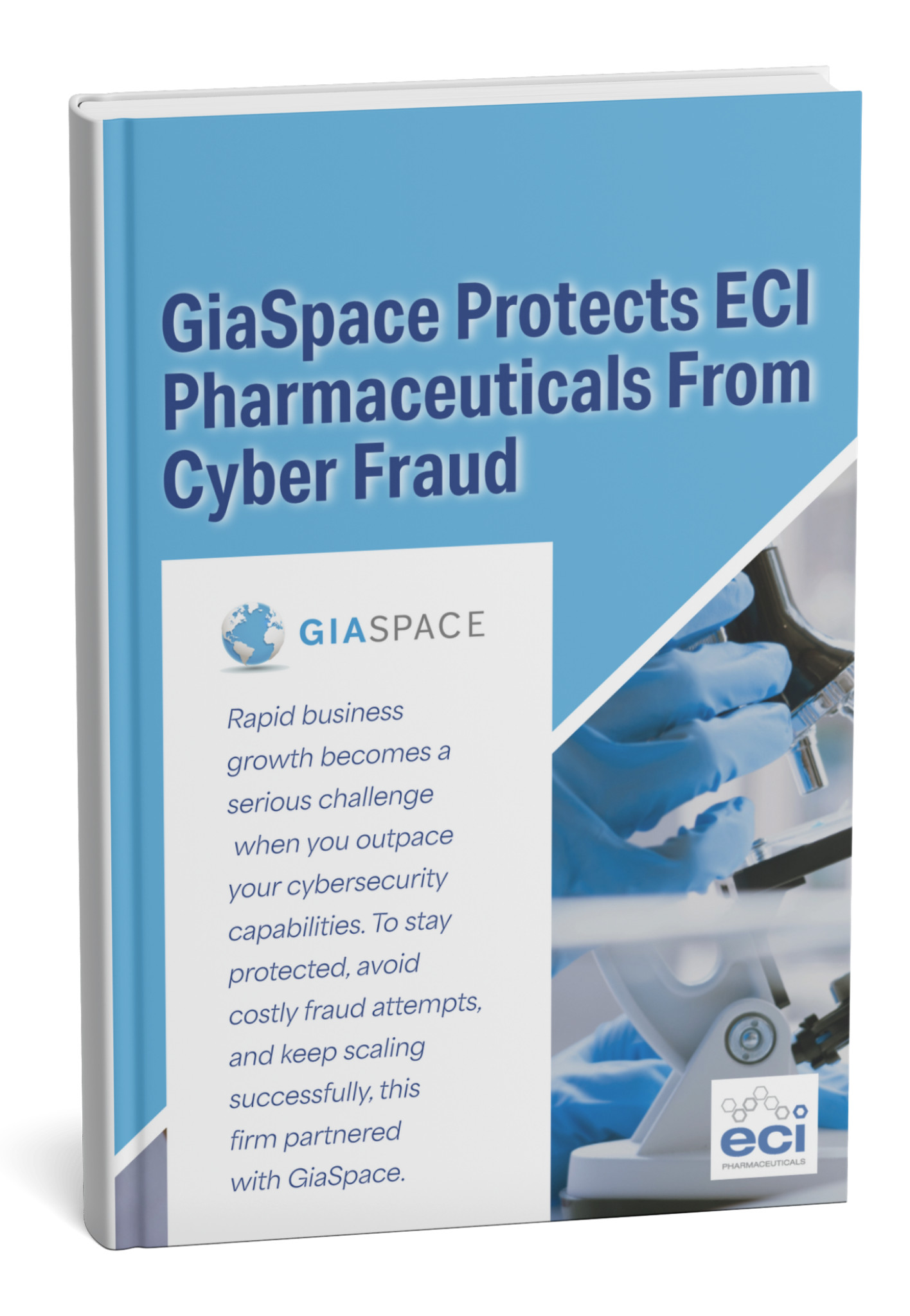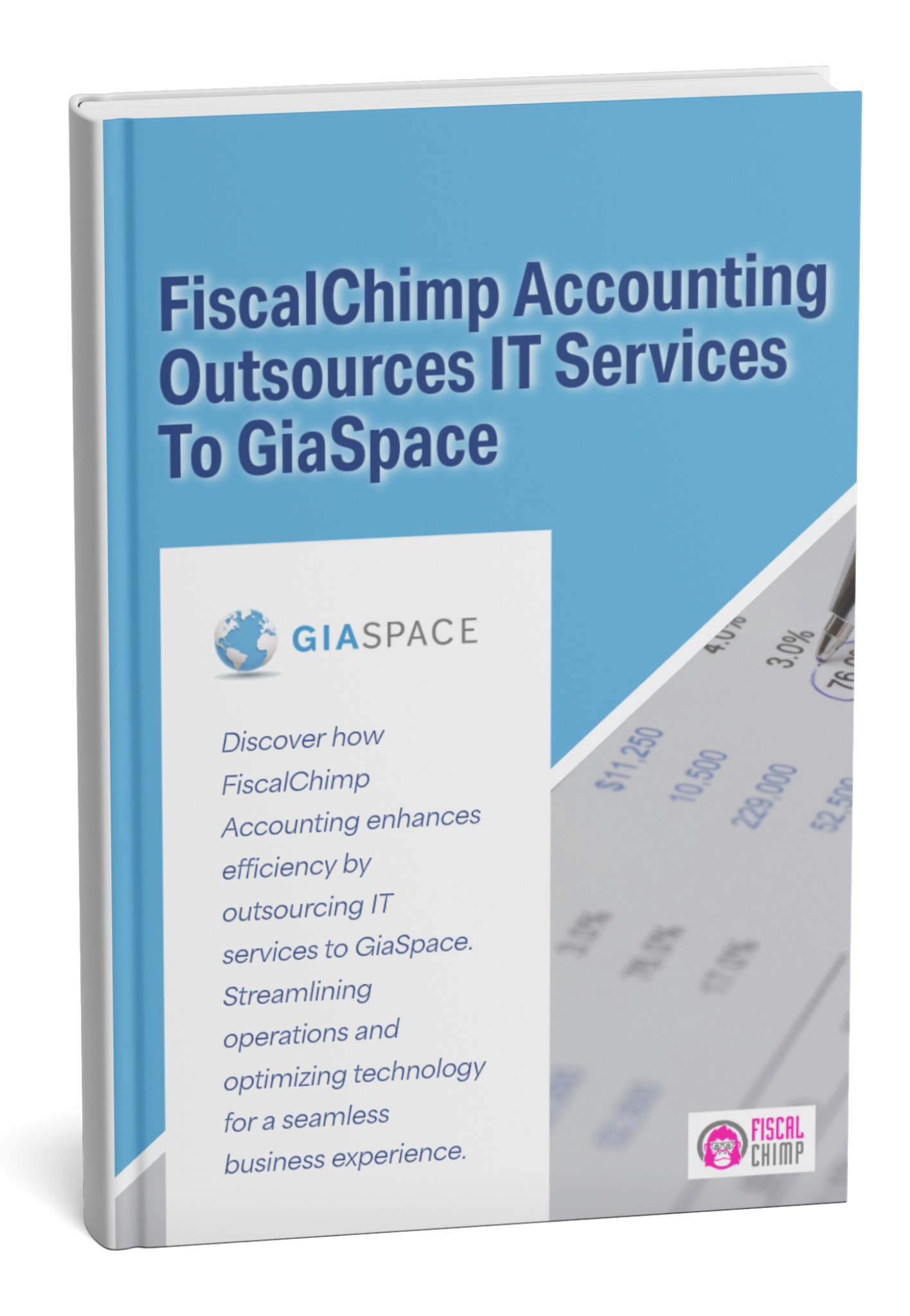Florida’s aerospace sector is thriving! However, with growth comes increased responsibility, especially when handling sensitive government data. Compliance frameworks like the Cybersecurity Maturity Model Certification (CMMC) and NIST SP 800-171 are crucial for securing contracts and safeguarding information.
While these standards might seem daunting, achieving compliance is entirely feasible with the right approach.
Understanding CMMC and NIST SP 800-171
CMMC is the Department of Defense’s (DoD) framework to ensure contractors protect sensitive unclassified information. It encompasses multiple maturity levels, each with specific cybersecurity practices and processes.
NIST SP 800-171 outlines the requirements for protecting Controlled Unclassified Information (CUI) in non-federal systems. It’s a foundational element of CMMC, particularly for levels 2 and above.
Compliance with these standards is not just a regulatory requirement but a competitive advantage, demonstrating a company’s commitment to cybersecurity and data protection.
How does NIST 800-171 relate to CMMC compliance?
NIST 800-171 is the foundation upon which CMMC is built. Think of NIST 800-171 as the “what” and CMMC as the “how.” NIST 800-171 is a set of 110 security requirements designed to protect CUI. Previously, contractors were trusted to self-attest their compliance. However, CMMC 2.0 now requires a formal, third-party assessment to verify that these NIST standards have been properly implemented and are being maintained. Therefore, achieving NIST 800-171 compliance is a critical stepping stone—but not the final step—to earning CMMC certification.
What are the different CMMC levels (1, 2, and 3) and which one do I need?
CMMC 2.0 has three distinct levels, each corresponding to the type of information your firm handles:
- Level 1 (Foundational): This is for firms that only handle Federal Contract Information (FCI). It requires a basic level of cybersecurity, based on 15 practices. Compliance is verified through an annual self-assessment.
- Level 2 (Advanced): This is the most common level for aerospace firms. It applies to companies that handle Controlled Unclassified Information (CUI). This level aligns with all 110 security controls of NIST 800-171 and requires a third-party assessment every three years.
- Level 3 (Expert): This is for a small subset of firms working on the DoD’s highest-priority programs. It requires a government-led assessment and is built on a subset of NIST 800-172 practices to defend against advanced persistent threats (APTs).
Determining your required level depends on the specific contracts you are pursuing. GiaSpace can help you identify your needs and build a plan to achieve the right level of certification.
What are the key challenges aerospace firms face in achieving CMMC compliance?
The path to CMMC compliance can be a complex journey, especially for small and medium-sized firms. The most common challenges we see include:
- Identifying CUI: Many firms struggle to accurately identify where CUI exists within their systems, making it difficult to scope the project correctly.
- Cost of Implementation: The financial investment in new software, hardware, and labor can be a significant barrier.
- Lack of Expertise: Most firms don’t have an in-house expert in CMMC, NIST, or cybersecurity to guide them through the process.
- Documentation Overload: CMMC requires extensive documentation, including a System Security Plan (SSP), that can be daunting to create from scratch.
What is the CMMC assessment process and how can GiaSpace help with preparation?
The CMMC assessment is a rigorous, multi-day evaluation conducted by a Certified Third-Party Assessment Organization (C3PAO). The process involves a thorough review of your policies, procedures, and technical controls to verify that you meet the required CMMC level. GiaSpace acts as your strategic partner, guiding you through every step of the preparation process. Our services include a comprehensive gap analysis, the development of your System Security Plan (SSP), policy creation, and remediation support to ensure all 110 NIST controls are met. We help you get audit-ready so you can face the assessment with confidence.
Steps to Simplify Compliance
Achieving compliance doesn’t have to be an insurmountable task. Here’s a step-by-step approach:
1. Conduct a Gap Analysis
Assess current cybersecurity practices against CMMC and NIST requirements to identify areas needing improvement.
2. Develop a Remediation Plan
Prioritize identified gaps and create a roadmap to address them, focusing on high-risk areas first.
3. Implement Necessary Controls
Introduce required security measures, such as access controls, encryption, and incident response plans.
4. Train Employees
Educate staff on cybersecurity best practices and their roles in maintaining compliance.
5. Monitor and Update
Regularly review and update security measures to adapt to new threats and evolving standards.
Benefits of Compliance
Beyond meeting regulatory requirements, compliance offers several advantages:
-
Enhanced Security: Protects sensitive data from cyber threats.
-
Competitive Edge: Demonstrates commitment to security, appealing to clients and partners.
-
Operational Efficiency: Streamlines processes through standardized practices.
-
Risk Mitigation: Reduces the likelihood of data breaches and associated costs.
What is a System Security Plan (SSP) and a Plan of Action & Milestones (POA&M)?
These are two critical documents for CMMC compliance:
- System Security Plan (SSP): This is the foundational document that details how your firm implements and manages the required security controls. It describes your system boundary, your operational environment, and the security policies and procedures you have in place to protect CUI. The SSP is a living document that must be regularly updated.
- Plan of Action & Milestones (POA&M): This document is essentially your “to-do list” for compliance. It outlines any security controls you have not yet fully implemented and details the steps you will take to achieve them, along with a clear timeline. While not all controls can be included in a POA&M, it is a crucial tool for demonstrating your commitment to continuous improvement.
What are the ongoing requirements for maintaining CMMC compliance?
CMMC is not a one-time fix—it’s a commitment to ongoing cybersecurity. Once certified, firms must maintain their security posture through continuous monitoring and regular updates. This includes annual self-affirmations of compliance for Level 2 and a new third-party assessment every three years. It also means you must promptly address any security weaknesses, update your SSP, and train new employees on your cybersecurity policies. Staying compliant is an ongoing process that requires constant vigilance and a dedicated partner.
Why is CMMC compliance a competitive advantage for defense contractors?
In Florida’s competitive aerospace landscape, CMMC certification does more than just keep you in the game—it gives you a significant strategic advantage.
- Expands Your Market: CMMC certification makes you eligible for contracts that are completely out of reach for non-compliant firms, expanding your potential revenue streams.
- Builds Trust: It signals to prime contractors and the DoD that your firm is a reliable, secure partner, capable of protecting sensitive information.
- Reduces Risk: A CMMC-compliant posture reduces your firm’s risk of costly data breaches and intellectual property theft, protecting your company and your clients.
- Standardizes Security: It levels the playing field, allowing smaller firms with strong cybersecurity to compete for subcontracts that may have previously gone to larger, less agile companies.
CMMC compliance isn’t just a requirement; it’s a powerful tool for growth and differentiation.
Frequently Asked Questions
Q: How long does it take to achieve compliance?
A: The timeline varies based on the organization’s size and current cybersecurity posture but typically ranges from several months to a year.
Q: Is compliance a one-time effort?
A: No, maintaining compliance requires ongoing monitoring, updates, and employee training to adapt to evolving standards and threats.
Q: Can we handle compliance internally?
A: While possible, many firms benefit from partnering with experts who can provide guidance and support throughout the process.
Partnering with GiaSpace
At GiaSpace, we specialize in assisting Florida aerospace firms with CMMC and NIST compliance. Our services include:
-
Customized Compliance Strategies: Tailored plans to meet your specific needs and resources.
-
Expert Guidance: Experienced professionals to navigate complex requirements.
-
Ongoing Support: Continuous assistance to maintain compliance and adapt to changes.
Ready to Simplify Compliance?
If you’re looking to streamline your path to CMMC and NIST compliance, GiaSpace is here to help. Contact our team today or schedule a consultation and take the first step toward securing your operations and enhancing your competitive advantage.
Published: Jun 17, 2025







